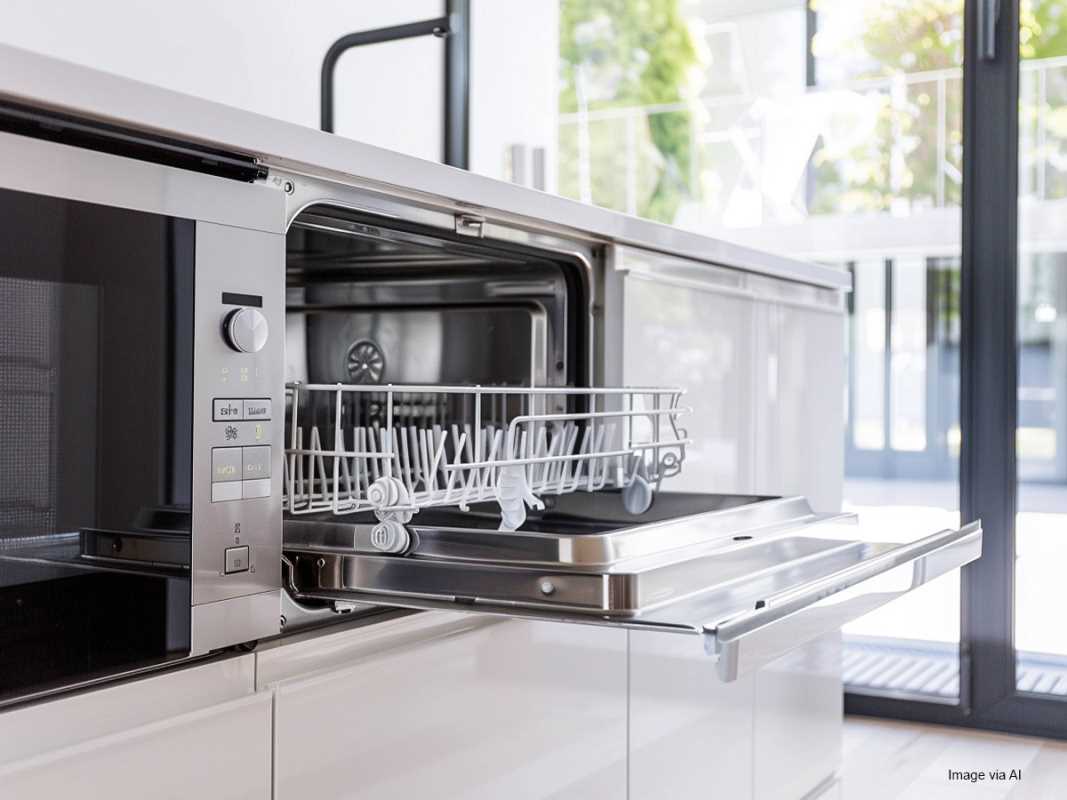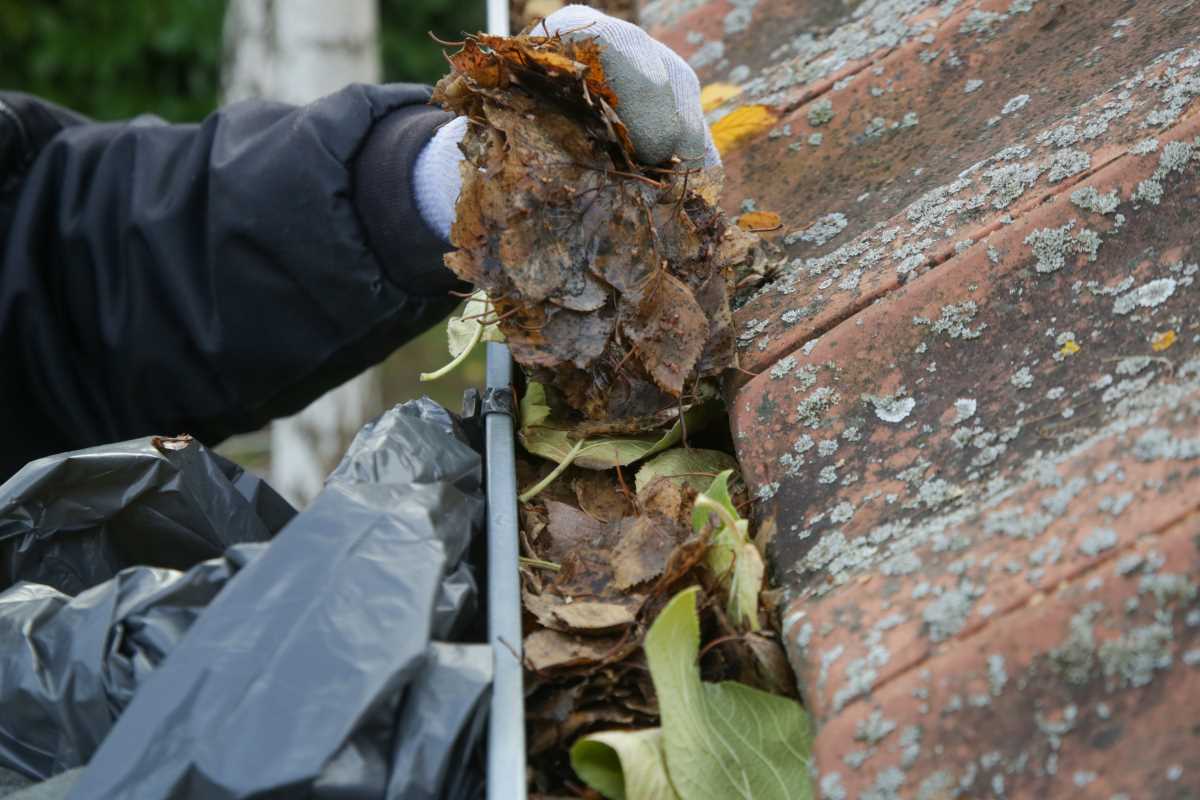Your dishwasher is one of the unsung heroes of your kitchen. Day in and day out, it takes on the dirty work, ensuring your dishes come out sparkling clean. But did you know that the filter inside your dishwasher needs just a little attention to keep it working at its best? Over time, food scraps, grease, and detergent residue can clog the filter, leading to unpleasant odors, less-than-clean dishes, and even potential damage to your appliance. The good news? Cleaning your dishwasher filter is easy, quick, and a task you can handle on your own. With just a bit of regular maintenance, you can extend the life of your dishwasher, improve its efficiency, and ensure your dishes always come out spotless. Here’s everything you need to know about why cleaning your dishwasher filter is essential, how to do it like a pro, and how often to keep up with this simple but crucial chore.
Why Cleaning Your Dishwasher Filter Matters
Cleaning your dishwasher filter isn’t just about preventing your kitchen from smelling like last week’s leftovers. There are plenty of practical benefits to keeping this component of your dishwasher in tip-top shape. Here’s a deeper look at why those regular cleaning sessions are so worthwhile.
1. Better Cleaning Results
Ever emptied your dishwasher only to find stuck-on food or water spots on your plates and glasses? A dirty filter might be the culprit. Your dishwasher filter is responsible for trapping food particles and debris during a cycle. If it’s clogged, water can’t flow efficiently, which means your dishes might not get as clean as they should. A clean filter ensures your appliance has the water pressure and cleanliness it needs to do its job effectively.
2. No More Foul Odors
Dishwashers are constantly exposed to food and water, which creates the perfect environment for bacteria and unpleasant smells if the filter isn’t cleaned. When food particles and grease get trapped in the filter, they can start to break down and release nasty odors. By cleaning the filter regularly, you cut off the source of these smells and keep your kitchen fresh.
3. Improved Efficiency and Energy Savings
Clogged filters force your dishwasher to work harder to push water through the system, which can increase energy usage and potentially lead to wear and tear on your machine. A clean filter ensures your dishwasher can operate as efficiently as possible, saving both energy and water. This can even help lower your utility bills over time.
4. Longer Appliance Lifespan
Think of the dishwasher filter as its first line of defense. When the filter is clogged, it can lead to larger issues like motor strain or pump damage. Keeping the filter clean protects these vital components, ensuring your dishwasher lasts for years without needing costly repairs or replacements.
5. Peace of Mind
Finally, keeping your dishwasher filter clean means you never have to deal with unexpected (and preventable) problems. It’s a simple way to avoid issues like water backing up inside the dishwasher, poor drainage, or unsanitary conditions.
How to Clean Your Dishwasher Filter
Now that you know why this task is essential, let's break it down into easy, actionable steps. With just a few minutes of effort, you can have a clean, efficient dishwasher filter that keeps your appliance running smoothly.
What You’ll Need
Before you begin, gather a few simple supplies:
- Warm water
- Dish soap or a mild cleaning detergent
- A soft-bristled brush or an old toothbrush
- A clean cloth or towel
- Optional: white vinegar or a dishwasher-specific cleaning solution
Step-By-Step Instructions
Step 1: Turn Off and Empty the Dishwasher
For safety's sake, always start by turning off your dishwasher. Unplugging it isn’t necessary, but ensuring it’s off will protect you in case there’s any unexpected movement. Then, remove all dishes, utensils, and racks. By clearing out the dishwasher, you’ll have full access to the filter and other parts of the machine.
Step 2: Locate the Filter
Dishwasher filters are typically located at the bottom of the appliance, under the lower spray arm. The placement might differ slightly depending on your dishwasher’s make and model, so refer to your user manual if you can’t find it right away. Filters often look like a small circular or rectangular panel at the machine’s base.
Step 3: Remove the Filter
Most modern dishwashers have a two-part filter system, including a cylindrical filter and a flat filter. Here’s how to remove them:
- Cylindrical Filter: Twist it counterclockwise to unlock it, then gently lift it out of place.
- Flat Filter: Slide or lift the flat filter out. This piece may sit snugly, so don’t be afraid to use a little pressure if it seems stuck.
Pro Tip: Keep a towel nearby to catch any drips of water when removing the filter.
Step 4: Clean the Filter
Run the filters under warm water to rinse away loose debris. For stubborn buildup, apply dish soap to your soft-bristled brush or old toothbrush and gently scrub. Focus on removing grease, food particles, and soap residue. Avoid using abrasive brushes or harsh scrubbing tools, as these can damage the filter material.
If you notice a persistent smell after cleaning the filter, soak it in a solution of warm water and white vinegar for 15-20 minutes before rinsing it again.
Step 5: Clean the Filter Housing
Take a damp cloth or sponge and wipe down the area where the filter sits inside the dishwasher. This area can accumulate grime, so give it a thorough cleaning to catch any stray particles.
Step 6: Reassemble and Replace the Filter
Once clean, reinstall the filters:
- Place the flat filter back in its original position and ensure it fits securely.
- Insert the cylindrical filter and twist it clockwise to lock it in place. Double-check that both parts are aligned correctly before closing the dishwasher.
Step 7: Run a Short Test Cycle
To rinse away any remaining residue and confirm everything is in working order, run a short, empty cycle. For extra freshness, you can add a cup of vinegar or a dishwasher cleaning solution during this step.
How Often Should You Clean the Filter?
How often you clean your dishwasher filter depends on your usage habits. As a general rule:
- Light Use (1–2 times per week): Clean the filter every 3 months.
- Regular Use (3–5 times per week): Clean the filter monthly.
- Heavy Use (daily): Clean the filter every 2–3 weeks.
If you frequently load your dishwasher without scraping food off plates or leave dishes sitting for long periods before a cycle, you may need to clean the filter more often.
Extra Tips for Maintaining Your Dishwasher
Maintaining your dishwasher doesn’t stop at cleaning the filter. Here are a few bonus strategies to keep your appliance in prime condition:
- Avoid Overloading the Dishwasher: Crowding the racks blocks water flow, which can result in a streaky wash and extra stress on the filter.
- Scrape, Don’t Rinse: While pre-rinsing isn’t necessary for modern dishwashers, scraping excess food off dishes helps prevent large particles from clogging the filter.
- Check Spray Arms Regularly: Food and debris can collect in the spray arms too. Every couple of months, inspect the tiny holes in the arms and clean them with a toothpick if necessary.
- Run Hot Water Before Starting a Cycle: Running your sink faucet until the water is hot ensures your dishwasher starts with hot water for optimal cleaning.
- Use Quality Detergent: Cheap or overly harsh detergents can cause residue buildup. Stick to trusted brands and formulations designed for your dishwasher.
 (Image source: Midjourney)
(Image source: Midjourney) 





